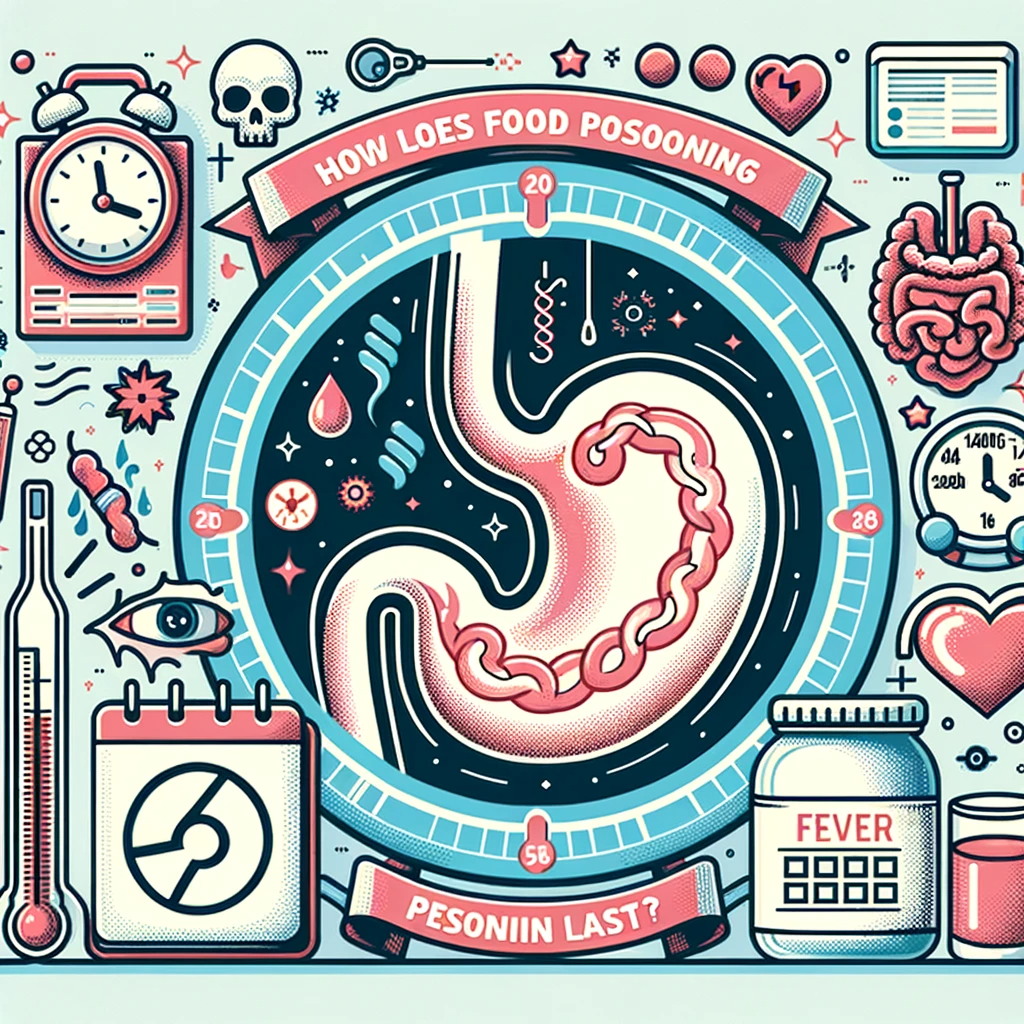Living with diabetes doesn’t mean you have to give up enjoying food. In fact, with the right approach, you can still indulge in delicious meals that are both satisfying and healthy. A diabetic-friendly meal plan focuses on balancing nutrients in a way that helps manage blood sugar levels. Here’s a guide to help you craft a meal plan that suits your lifestyle and taste buds while keeping your diabetes in check.
Understanding the Basics of a Diabetic Diet
A diabetic diet is more about eating the healthiest foods in moderate amounts and sticking to regular mealtimes. It’s a nutritious-eating plan that’s naturally rich in nutrients and low in fat and calories. Key elements are fruits, vegetables, and whole grains.
1. Start with Carbohydrate Management
Carbohydrates have a big impact on your blood sugar levels—more so than fats and proteins—so you need to be smart about what types of carbs you eat. Limit refined carbohydrates like white bread and pasta, and opt for complex carbohydrates like whole grains, fruits, and vegetables.
2. Incorporate Fiber-Rich Foods
Fiber moderates how your body digests and helps control blood sugar levels. Foods rich in fiber include vegetables, fruits, nuts, legumes (beans, peas, and lentils), whole-wheat flour, and wheat bran.
3. Choose Healthy Fats
Not all fats are bad. Include sources of healthy fats like avocados, nuts, olives, and olive oil in your diet. But, remember to keep portion sizes in check, as all fats are high in calories.
4. Focus on Lean Protein
Lean protein sources like chicken, fish, and tofu are excellent for a diabetic meal plan. They provide essential nutrients without the added fat and calories.
5. Control Portion Sizes
Portion control helps regulate calorie intake and can lead to better blood sugar control. Use measuring cups or a scale to ensure proper serving sizes.
Meal Planning Tips
- Plan Your Meals: Think about what you’ll eat for the week and make a grocery list to avoid impulse buys.
- Balance Your Plate: Aim for a plate that’s half vegetables, a quarter protein, and a quarter whole grains.
- Be Consistent with Meal Times: Eating at regular times helps keep your blood sugar levels steady.
Snacking Smart
Snacks are important if you have diabetes. Healthy snacks can provide energy in between meals and keep your blood sugar levels stable. Some good options include a handful of nuts, a piece of fruit, or yogurt.
Drink Wisely
What you drink is just as important as what you eat. Water is the best drink for staying hydrated. Avoid sugary drinks and limit alcoholic beverages.
Conclusion
Creating a diabetic-friendly meal plan is about making smart food choices, understanding portion sizes, and eating at regular intervals. With these tips, you can enjoy a varied and delicious diet that not only tastes good but also helps you manage your diabetes effectively.





